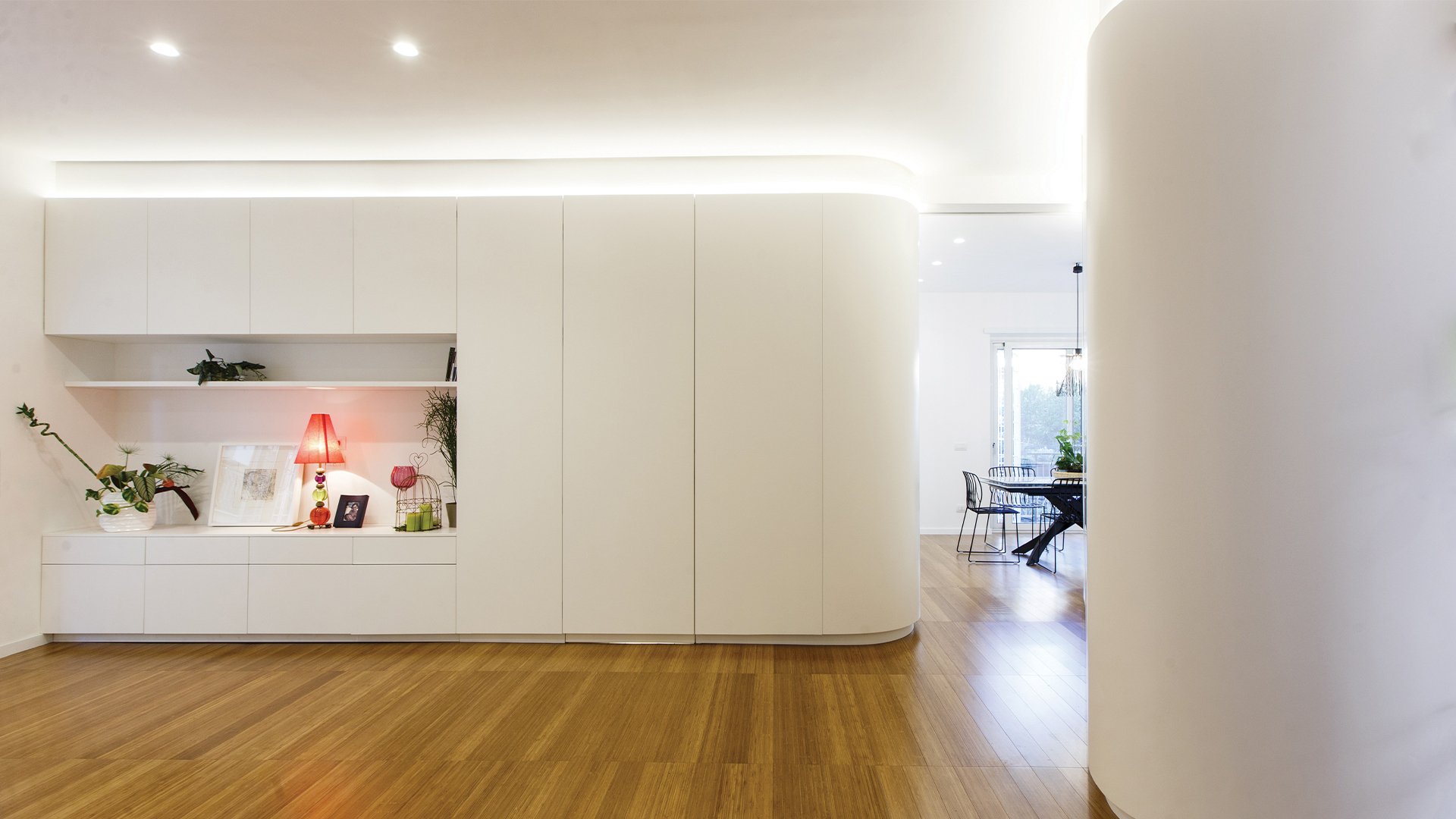
Lighting is a fundamental element in defining any environment, capable of influencing its atmosphere, perception, and usability. A well-designed lighting plan not only ensures visual comfort but also enhances architectural and furniture elements, creating captivating and emotional lighting scenes.
However, in the field of indoor lighting, it is easy to make mistakes that can compromise the final result. In this article, we will identify five common mistakes to avoid in order to achieve a flawless project.
1. Insufficient or Excessive Lighting
One of the most common mistakes in indoor lighting is choosing an inadequate amount of light for the space.
Insufficient lighting can create a gloomy and unwelcoming environment, while excessive lighting can be irritating and tiring for the eyes. A lighting designer knows that each space has different lighting needs. It is essential to consider the specific use of each environment.
For example, an office requires bright and uniform light to promote concentration, while a living room can benefit from warmer and more relaxing lighting. Consulting lighting experts can help determine the right level of illumination for each space, avoiding evaluation errors. Read our article on how lighting calculations work.
2. Unlayered Lighting
Another common mistake is using a single central light source, creating a flat and uninviting environment. The ideal lighting is achieved through layering different light sources.
For instance, in a kitchen, in addition to general lighting, under-cabinet lights can be useful for illuminating work surfaces, and pendant lights can be placed above the central island. Combining these different levels of lighting creates a dynamic and comfortable environment, suitable for various needs. Another tip is to consider feedback from the people who will use the space to make any necessary adjustments to the lighting design.
3. Using the wrong color of lighting
The color temperature of light, expressed in Kelvin (K), affects the perceived warmth of the environment. Warm light (2700K-3000K) creates a welcoming and relaxing atmosphere, ideal for living areas and bedrooms. Cool light (5000K-6500K) instead, promotes concentration and productivity, making it perfect for studies and workspaces. It is crucial to choose the color temperature based on the room's function and the desired effect, avoiding excessive contrasts between different areas of the home.
For example, in a kitchen or office, cooler light can improve visibility and concentration, while in a bedroom, warmer light can encourage relaxation. Suggestion: Conduct lighting tests with different color temperatures to find the most suitable one for the specific environment.
4. Inadequate size and positioning of light fixtures
Choosing lamps and chandeliers of the wrong size for the space can create a glare effect or insufficient light. Additionally, incorrect positioning of light points can generate annoying shadows or poorly lit areas. It is important to carefully evaluate the room's dimensions, ceiling height, furniture layout, and the placement of wall fans or air conditioning splits to select the right lamps and position them most effectively.
5. Lack of dimmers
Dimmers are devices that allow you to adjust light intensity, creating different atmospheres depending on the needs. Their installation is recommended in all environments, especially in living rooms, bedrooms, and living areas. Modulating light intensity offers greater flexibility and comfort, adapting the lighting to the different activities that take place within the room. Discover the Casambi system.
6. Ignoring energy efficiency and material sustainability
With the growing attention to environmental impact, it is important to choose high-efficiency LED lighting fixtures and sustainable materials. LED lamps consume less energy than traditional lamps, ensuring significant savings on electricity bills and a smaller environmental footprint.
Additionally, LED lamps have a longer lifespan, reducing the need for frequent replacements. Opting for sustainable materials is another effective way to protect our planet and promote its well-being. This means choosing lamps made from recycled or eco-friendly materials. Our indoor lamps, for example, are made from sustainable materials, and we have optimized the entire production process to minimize waste. Learn more about our production process.
Conclusions
Creating a flawless lighting project requires specific skills and a deep understanding of the various available technologies. At 9010novantadieci, we specialize in high-quality LED lighting and are ready to support you in realizing your next project. Our range of products and customized solutions is designed to meet the needs of designers and architects, ensuring exceptional results.
Contact us for a personalized consultation or to learn more about our innovative, energy-efficient products. Together, we can transform your ideas into successful lighting projects.